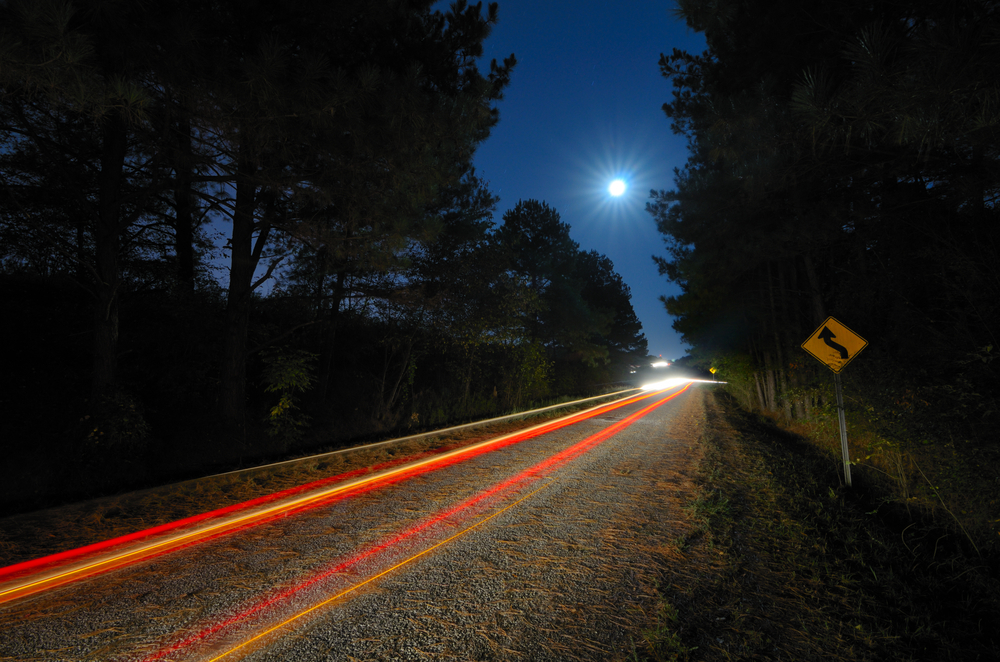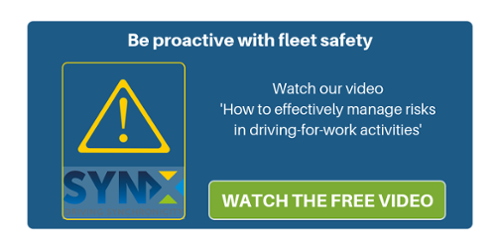
When we think about fleets and staff who are expected to drive as part of a night shift, we automatically assume they are the only drivers working in the hours of darkness; but the truth is that during the winter, many drivers working regular hours will be operating, at least in part, at night or in darkness.
If driving already represents a risky activity, night driving increases the risks for a number of reasons: there is not only the darkness to contend with and decreased visibility of course, but also the fact that at night we are more likely to feel drowsy or sleepy. This isn’t just because some drivers might have worked during the day, but also because the body never completely adapts to the nocturnal pattern even if sleep is taken during the day.
It has been estimated that driving at night is three times riskier than driving during the day. Despite night shift drivers accounting for 3% of the workforce, driving at night or in the dark is dangerous for everyone as 40% of crashes happen at night despite less drivers being on the road.
What then can drivers do to minimise the risks and have a safer journey if they have to drive in the dark or at night?
Here we summarised four points you might want to share with your driving team.
- Everyone else’s day is your night time. If you are working on night shifts, it is important you get at least eight hours of sleep before you start working. Getting proper rest is important; while it might take some time to adjust if it is your first time working a night shift, it helps to sleep in a dark room and avoid people coming in or any other type of interruptions.
- Make sure you see and are seen—essential during the day and especially at night. Make sure your vehicle can be seen and lights are working properly when driving during the hours of darkness to ensure full visibility; but this also applies when stationary or parking by the road. Make sure you don’t skip eye tests (something you should do if you are a driver, even if you do not usually work at night).
- Increase your safety distance. Around 90% of a driver’s reaction ability relies on vision, and visibility decreases dramatically when operating at night. Not only that, it also seems harder to judge the distance between vehicles at night, plus people tend to drive more erratically. If you increase your safety distance, you have an increased margin in which to react if anything unpredictable happens.
- Adapt for changing weather. Winter weather can further reduce visibility and make things more challenging. Ensure vehicles are adequately prepared and tyres are at the optimal pressure to guarantee the best grip on the road surface. Your vehicle should be clean, both on the inside and the outside; with worse road conditions, and even snow in some areas, a windscreen gets dirty quickly and reduces your visibility.
